Effective fundraising is a lot less about asking for donations and a lot more about highlighting the different perspectives of the students on the receiving end of charitable gifts.
Storytelling provides a lens into the lived experiences of the many faces of a school community, while also engaging donors. It’s a strategy that Christina Romero implements as the Santa Ana College Foundation’s Executive Director of College Advancement.
She firmly believes that there is no single profile of a community college student and is careful to remember that the stories she tells can make or break stereotypes about Santa Ana College students.
She knows this because she’s lived it. As a Santa Ana alumna, Christina has walked in students’ shoes and is well-aware of the many different paths that lead to community college.
Christina brings her personal experiences with her to work every day. Mindful of the diverse stories and backgrounds of the students she serves, she knows that to engage donors, she needs to forge meaningful connections, which come out of telling stories rooted not in hardship but in opportunity.
Christina shared her strategies for embracing the unique challenges of fundraising for community colleges, building relationships as a core strategy for fundraising, and the importance of equity in storytelling on an episode of the Higher Education Coffee and Conversation podcast.
Lean Into the Differences To Leverage Your Unique Positioning
Christina believes that the stigma of community colleges has got to go. Rather than comparing your institution to four-year universities, use your unique traits as an advantage.
“My question is, how much are you really leaning into that instead of trying to make excuses for why the community college may not be like a university? I say, flip that around, and really look at your competitive advantage against your university partners,” Christina says during our conversation.
An expert at flipping the script, she embraces those unique challenges and sees them as opportunities to differentiate Santa Ana from the competition.
One strategy involves acknowledging that a donor’s money goes a lot farther when invested in a community college than a massive four-year institution. A donation that would be considered a drop in the bucket at major universities can create a tidal wave of change at a community college.
“Your investment is going to give three or four-fold back to you in return,” Christina explains. “The community college system needs to see more champions in philanthropy. So, why not be a leader versus a follower?”
The angle of enticing donors by encouraging them to build new paths with their donation appeals to many, especially philanthropists with an entrepreneurial spirit, which is another trait Christina draws on in her fundraising strategies.
“We want to let our donors, community members and alumni know that there’s such an opportunity here,” she says. “We believe so much in our students and how they’re so gritty. There’s just something about that — you can’t not relate.”
The resilience of a community college student is a trait that resonates with many donors, especially those who self-identify as tenacious themselves. Christina leverages her limited resources by carefully looking at the characteristics of her potential donors and ensuring they hear stories that they connect with on a personal level.
Connecting With Donors and Banishing Fear of ‘The Ask’
Christina isn’t interested in “selling” Santa Ana to donors. Instead, she sees herself as a connector, identifying the values of a particular donor and helping them relate to the institution’s values.
“A good fundraiser doesn’t have to really talk about money,” she explains. By focusing less on dollar amounts and more on telling meaningful stories, she can entice donors to support Santa Ana’s students without the uncomfortable “big ask.”
It’s an area that many college marketing professionals and public information officials (PIOs) find unappealing. But, Christina believes they’re not seeing the big picture or understanding the strategies used in Advancement Departments.
“People who might be intimidated by Fundraising and Advancement think of it as very transactional, but it’s much more educational than that,” she says.
Instead of fixating on dollar amounts, Christina focuses on forming connections between constituent groups. Eager to turn a challenge into an opportunity, she took the struggles that came with fundraising during a global pandemic and transformed them into opportunities to connect donors and students like never before.
She recently engaged her constituents, inviting top donors to help with notifying students of scholarship awards. Instead of receiving a letter, students received a phone call from one of the college’s donors, sharing the big news.
The program was a smashing success, with many donors describing the opportunity as a gift. Some even sought opportunities to give additional money to the university after speaking one-on-one with the deserving student.
By taking a backseat and letting the students take center stage, Christina often acts more as a facilitator between students and donors, allowing stories to be heard and told as a strategy for inspiring donors to give.
“Right now, during times of uncertainty and instability, it’s the perfect time for community colleges to tell their story because we’re serving the students who need us the most,” says Christina.
Storytelling With Opportunity at the Forefront
And while Christina is eager to tell the stories of her students, she is especially mindful of doing so equitably.
“There’s a strategic need to dive deeper into the kind of stories you are telling,” she says. “Are you telling stories that reinforce assumptions that are not necessarily the best assumption for our community to have? Or are you putting stories out there so that people can break their assumptions and say, ‘Wow, I didn’t really know that my community college was helping this type of person.'”
While everyone loves an underdog, Christina’s careful to tell stories from a place of opportunity rather than deficit. It’s a more authentic and accurate approach and one that isn’t rooted in sad (and often false) stereotypes.
By telling a student’s story with a forward-looking approach, you can weave in the backstory for context without allowing hardships to take over the focus and define the individual.
By doing so, Christina inspires donors and empowers Santa Ana’s students.
There’s a fine line between coming from a deficit perspective versus an opportunity perspective, but it’s a line she has learned to walk.
“[The students’] grit will meet your resources at this really great juncture,” she explains. “The formula is magical.”
Not only is Christina mindful of telling each story with care, but she also thinks critically about the storytelling framework she creates and the SAC Foundation’s big-picture messaging.
Careful to tell a wide range of stories, she constantly evaluates her practices to ensure a diverse picture is painted, showing the many different students and backgrounds attending Santa Ana College.
“I very strategically make sure that our donors and our constituents see stories that are not always top of mind … we have to create equity, even within the equity lens that we’re discussing. I’m always pushing the boundaries of my team to say, ‘What are people really assuming? How can we break those assumptions by showing the juxtaposition between the students that may not always feel validated in their story?'” Christina explains.
Equity Empowers
As a professional storyteller, Christina knows the power of words.
With an eye on improvement, Christina always asks challenging questions to ensure her strategies remain focused, not on the dollar amounts, but on connecting people in meaningful ways.
“What stories are we really telling or not telling? What stories are we afraid to tell? And how can we look at that and examine ourselves to become more innovative?” Christina asks.
She challenges her fellow community college advancement professionals to do the same. By reframing questions, staff members can look at fundraising through an equitable lens, enticing donors while empowering students.
Building a Culture of Philanthropy on Campus
What Lifestyle Brands Can Teach Us About Alumni Relations
This article is based on an episode of Higher Education Conversations, a podcast featuring higher education experts to discuss trends in marketing, communications, advancement and student success. Subscribe via Apple, Spotify or wherever you listen to podcasts so that you don’t miss future episodes!

